Researchers build the first biocomputers from heart cells and demonstrate their ability to perform complex computational tasks.
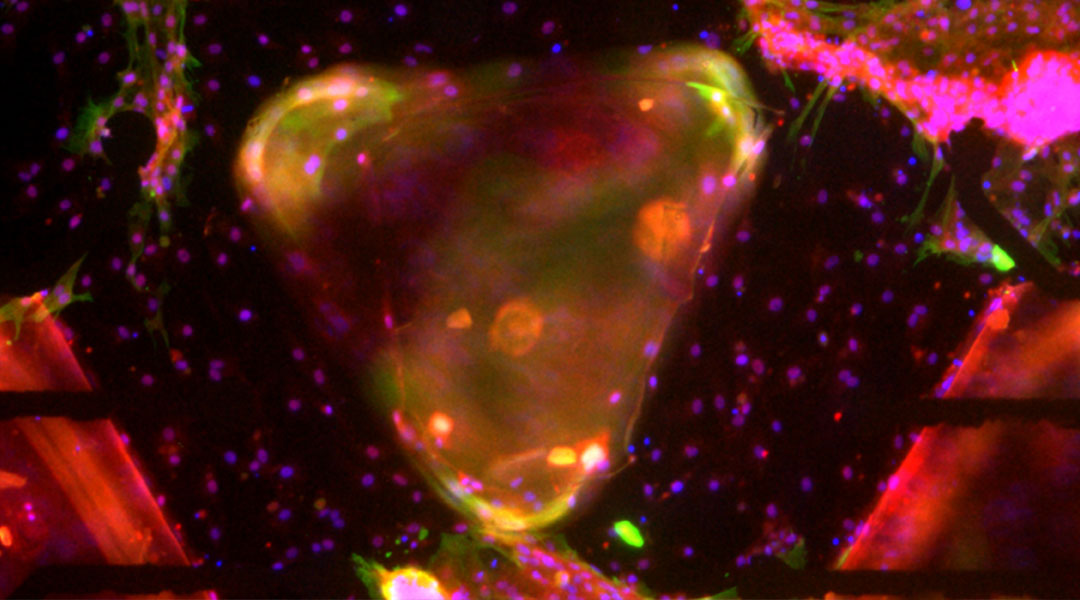

Researchers build the first biocomputers from heart cells and demonstrate their ability to perform complex computational tasks.
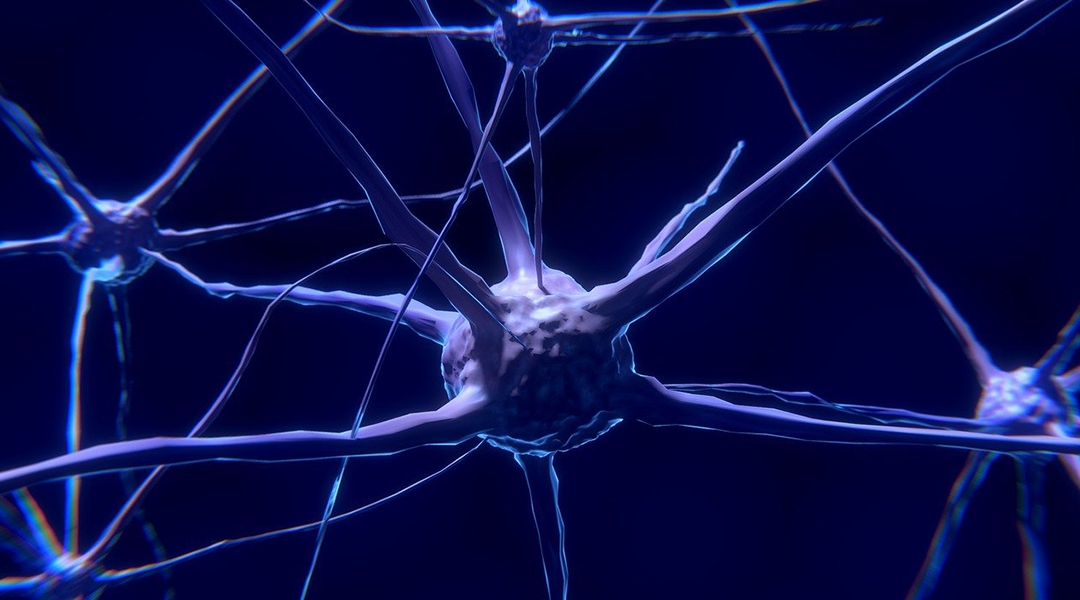
Minimizing the variability between individual artificial synapses is a key step toward rolling them out for practical applications.
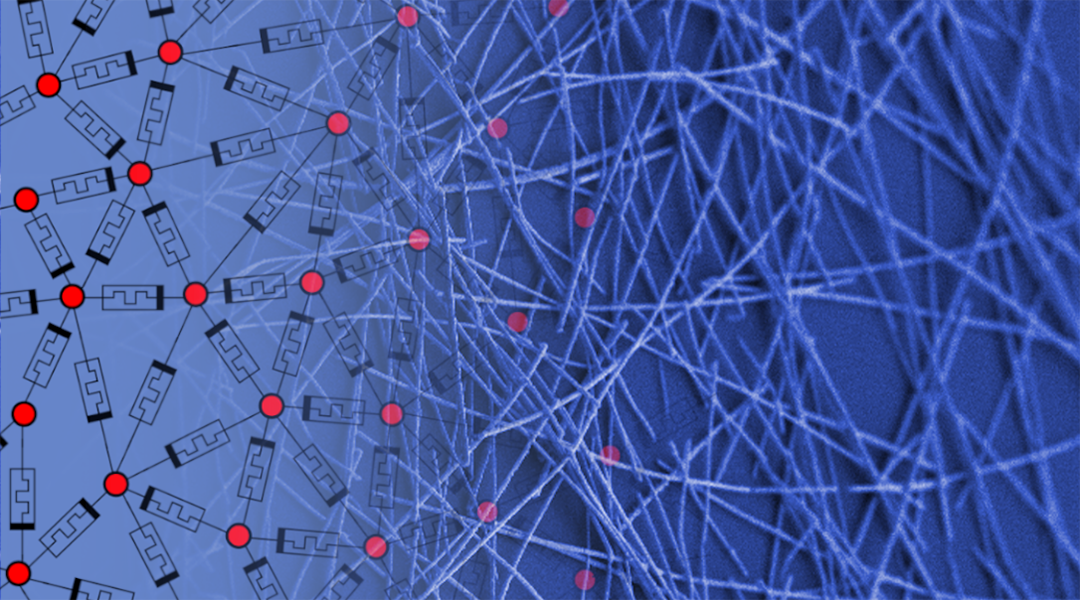
A new bottom-up network built from randomly distributed nanowires can learn, compute, and adapt like a human brain.
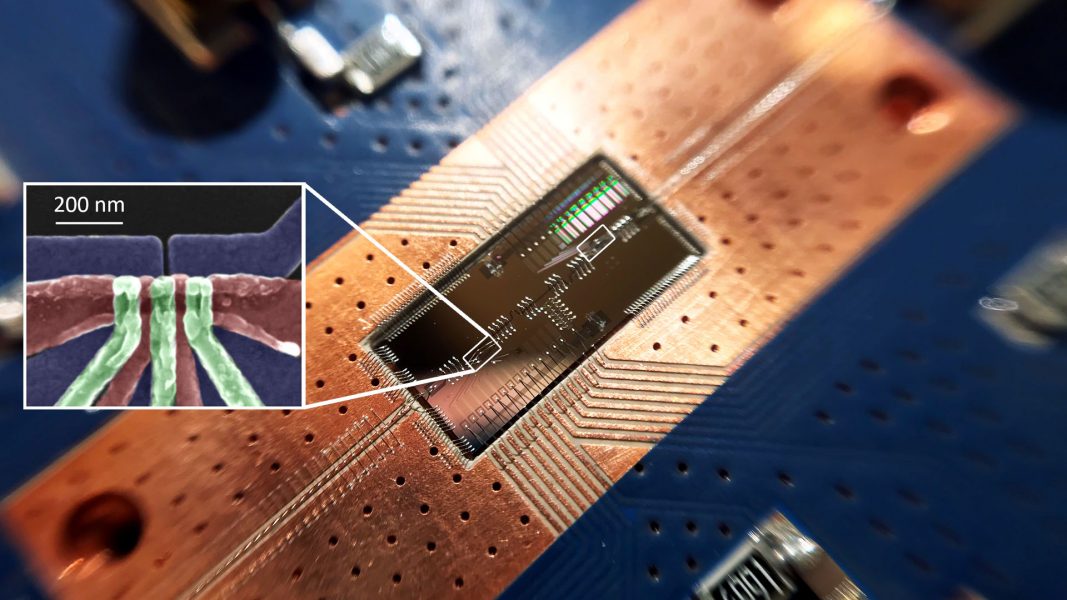
Princeton scientists demonstrate that two silicon quantum bits can communicate across relatively long distances in a turning point for the technology.

Scientists demonstrate the feasibility of chirality-encoded logic architectures.
![Low-Power, High-Speed Analog Computing [Video]](https://www.advancedsciencenews.com/wp-content/uploads/2018/03/adma201705914_ASN_image-e1521125299316.png)
Researchers from the University of Massachusetts and Hewlett Packard Labs present a memristor platform for analog computations and forecast a device performance at least 16 times greater than purely digital solutions.

A directed self-assembly of gold nanoparticles may be employed for the design of molecular electronic networks for logic or memory applications.
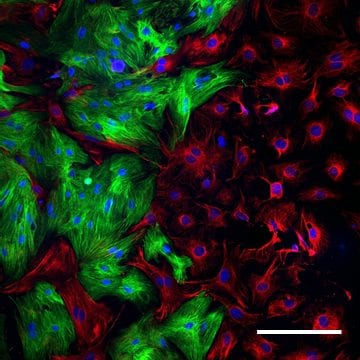
Zorlutuna and co-workers from the University of Notre Dame demonstrate muscle cells as diode components for biocomputing.
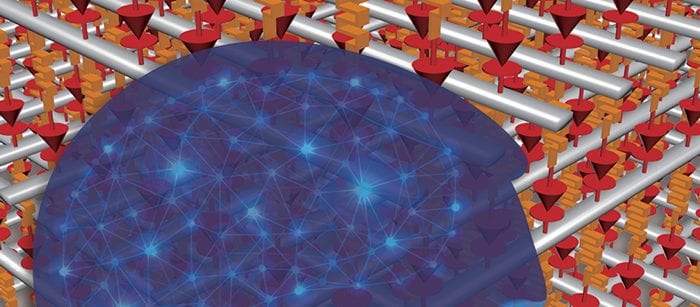
Jeong et al. argue that a change in paradigm away from the CPU+Memory computing approach and towards a materials approach which mimics biological neurons as synapses is needed.
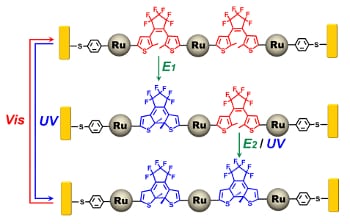
Researchers have achieved the first photo/electro co-modulation of molecular transport junctions based on chemically fabricated nanogaps.